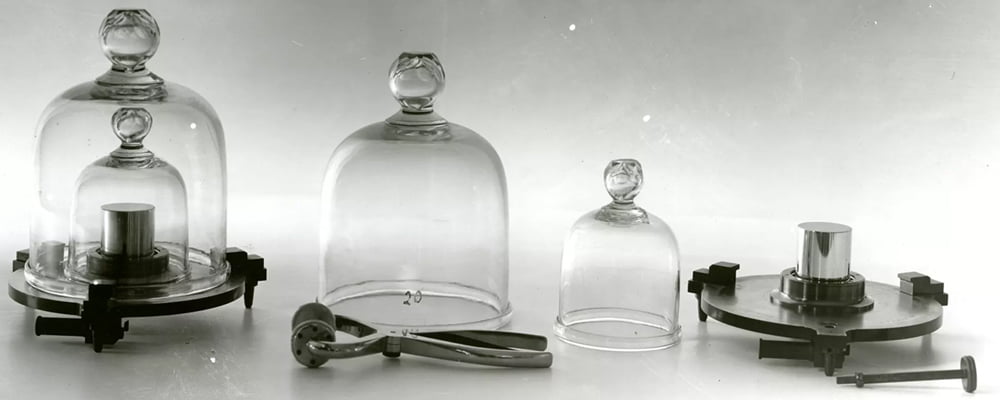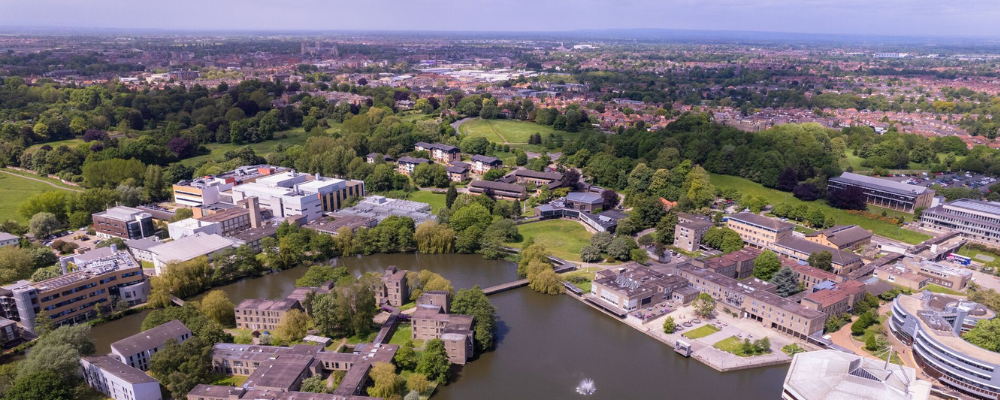It’s not often I tell people ‘this is an interesting fact about metrology’ without being laughed at. Well, November 2018 saw that change.
On 16th November 2018, the International Bureau of Weights and Measures voted to change the SI unit (the international system of core units) of the Kilogram to be measured in a different way.
Since 1889 the internationally recognised measurement of mass has been accomplished by offering tractability to ‘Le Grand K’ a single kilogram mass located in Paris. This raises 2 main issues. The first issue is that tractability is then restricted to a single source, which results in many risk factors for various reasons. More importantly, Le Grand K has been compared with replicas around the world made from the same platinum alloy, and it has been found to be changing weight. The weight change is estimated at around 50 micrograms over the past 130 years. Although Le Grand K has been losing weight, it is still the official Kilogram as per the 130-year-old definition, but the knock-on effect of allowing this to continue would result in an ever-changing unit of mass being measured around the world.
The change will ensure that the measurement of mass can be ‘for all people, for all time’. But how is this achieved? It is achieved by using natural constants that never change.
To measure the kilogram, we will now use the Planck contestant, measured using a Kibble balance. A Kibble balance measures the natural constant of mechanical energy exerted by the mass of an object by applying an equivalent electrical energy and uses the values (taking into consideration the velocity, gravitational pull and magnetism) to determine the true mass of an object. This is done at an atomic level and results in an extremely accurate and true definitive value for mass.
Although this is very technical and complex, electromagnetic measurement of mass has been used in weighing instruments for many years, albeit in a different and far more basic manner. In precision weighing instruments used in laboratories and manufacturing plants around the world, a mass applied to the weighing sensor is compensated by an electrical current passing through a magnetic coil. The amount electricity used to compensate the load and restore the sensor to its original state is measured and converted into a readout on the balance.
The Kibble balance uses some of the core principles of nature that we have understood since 1905 when Albert Einstein famously offered the world of physics the formula E=MC2, which correlates mass and energy. Using these key fundamentals of natural measurement combined with an extremely accurate measuring device will ensure consistency with traceability around the world. Anywhere that has a Kibble balance will be able to measure mass in the same way and obtain the same result.
On a day to day basis, this will not affect us in any way. We will continue to weigh the same objects in the same way and use the same units of measurement. But it will safeguard how we measure mass for many years to come.
Photograph: National Institute of Standards





